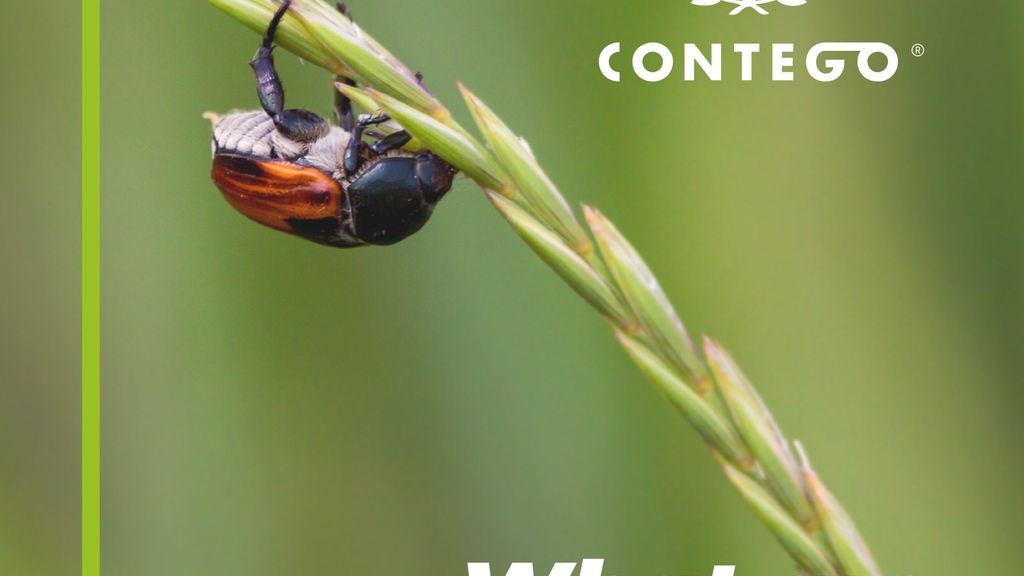What Are Maybugs?

What are May Bugs?
May bugs are insects you might spot buzzing around your garden as the evenings get warmer in May, hence the name. Often mistaken for cockroaches because of their size and shape, these common bugs are harmless to humans. However, they can cause considerable damage to plants and crops.
What do May Bugs Look Like?
May bugs are around 30mm long, they have a brown, black, or maroon oval-shaped body, brown wings, and a set of antennae that fan out. The antennae can detect pheromones, and this is how male and female may bugs find each other.
The Life Cycle of May Bugs
The Life of a may bug begins when a female lays an egg in around June or July. The eggs are laid about 20cm into the soil. When they hatch after around 21 days, a white grub emerges, which lives underground. These larvae remain in the soil for around two years, feeding on plant roots. After this time, they are ready to pupate. After pupation, adult may bugs emerge in October, but stay hidden in the soil until the spring. Adults only live for around six weeks but in that time, female may bugs can lay as many as 80 eggs. You can easily see how an infestation could occur.
Why Are They a Problem?
May bugs are not harmful to humans. However, their larvae like to feed on the roots of cereal crops and grasses so they can do a lot of damage on agricultural land. If there's a large population of larvae, they can also do damage to grassed areas like lawns, cricket pitches, and bowling greens.
What Can You Do About May Bugs?
Since May bugs are attracted to artificial light, they tend to fly into houses on the warmer evenings. You also might hear them crashing into your windows at night! The best way to prevent them from getting in is to close the windows if you have the lights on at night. You can also proof open windows with insect screens.
Got a Problem with May Bugs?
They might not be harmful to us, but if you make a living from growing plants and crops, they can be harmful to your livelihood.
Protect your land and your crops from their destruction by calling in professional pest control if there's evidence of a may bug infestation. Our professional technicians have the knowhow and products at their disposal to quickly and efficiently to solve your pest issue. Treatment usually involves the use of an insecticide and/or proofing around buildings.
Defend yourself against pests with Contego
Don't wait until pests have invaded your premises, take action now and get in touch with Contego to safeguard your space from infestations. Our expert team is ready to assist you in defending yourself against pests, so contact us today for a comprehensive solution.


